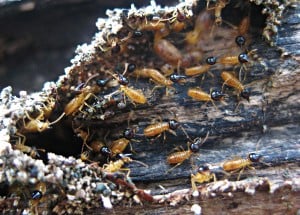Termites are unwelcome guests in any house where there’s something made of wood — that is any house at all. There are many species of these little species, some of which are more common than others. What is similar about them is that they cause destruction to our homes by feasting on wooden walls, floors, and furniture.
Termite droppings are often the first sign of an infestation that can go unnoticed for a long time since the critters tend to leave the surface of whatever they devour intact. This article explains how to spot and treat termite poop.
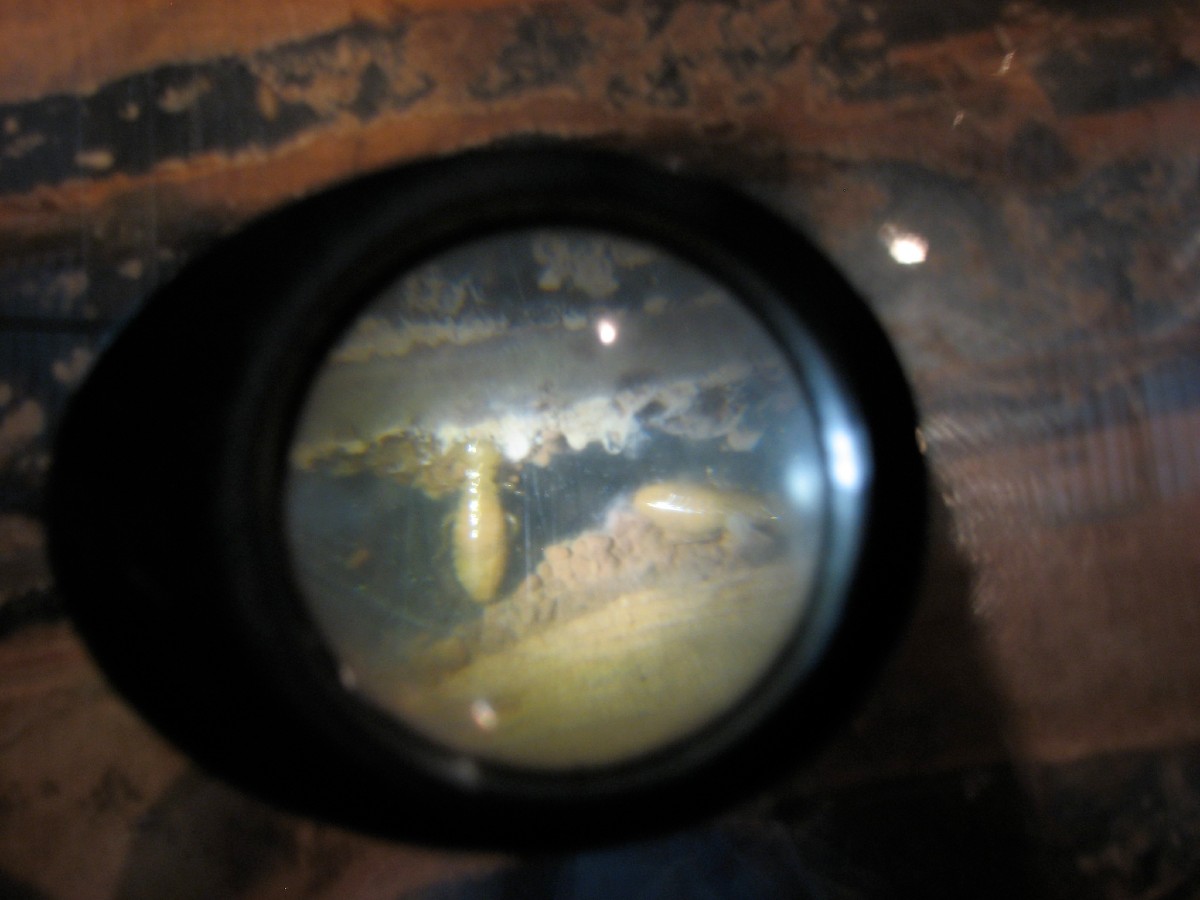
Termite Excrement Identification
There are many termite species around the planet. In the USA alone, subterranean, drywood, and dampwood termites are more or less common, causing considerable concern. Although feces don’t vary greatly depending on the species, minor differences in poop color and size, as well as pooping habits exist.
Before we continue to learn how to spot termite feces, however, let’s deal with a common misunderstanding that exists regarding the topic. It is related to what is referred to as termite frass.
When you start researching pest droppings, especially in the context of wood-destroying buggers, you might be confused by how some people say frass is another word for droppings and others maintain these are two different things.
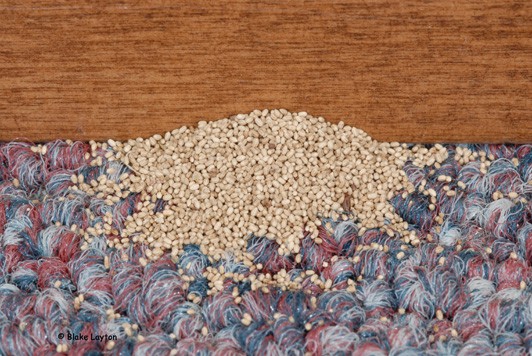
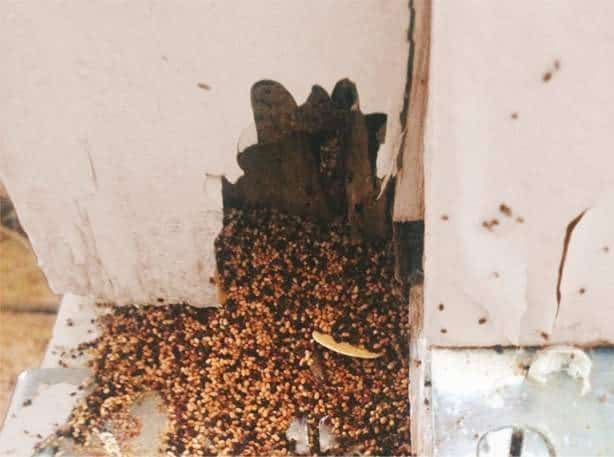
The truth is that frass consists of feces mixed with a lot of other materials. These include finely ground wood powder that’s generated as the termites proceed with their excavation work, mud, etc. The fecal matter that makes it up is liquid in some species.
This means you’re unlikely to spot it as such regardless of what species you are dealing with; it’s mostly frass that signalizes termite infestation. For the purpose of this article, termite waste is referred to as poop, excrements, feces, and frass interchangeably.

What Does Termite Poop Look Like
If you look at termite poop pictures, you’ll notice immediately that the color of what you see varies, but the shape is more or less consistent. In most cases, the frass resembles small granules.
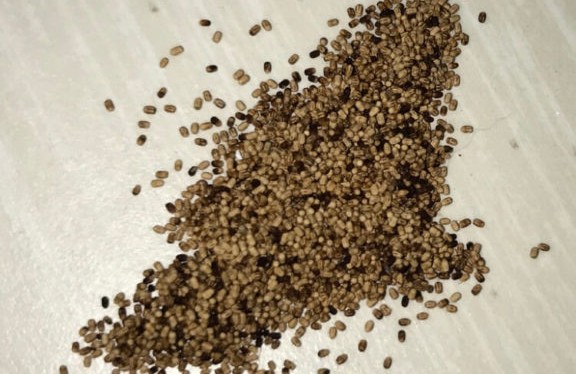
Those who look closely enough might notice that sometimes termite droppings have a characteristic oval shape, with rounded ends and six indentations in them. Such frass often appears in mounds in places where wood has been destroyed, in particular, outside of wooden objects as termites push their frass out to make room for them in the tunnels.
This is characteristic of drywood termites, probably one of the most common species to attack our homes along with subterranean termites. The latter, however, don’t tend to leave a lot of frass.
Apart from the drywood termites droppings, dampwood frass is produced as the insects’ feast on wooden furniture and structures with high water content (hence the name). Luckily, the species is uncommon in people’s homes.
The color of termite pellets can vary from light, such as sandy, to nearly black. A pile can thus resemble sawdust, sand, or dirt. This depends primarily on the pest’s most recent diet and isn’t helpful in terms of identifying whether the frass is old or new. Frass is often masked by dust, too.
If you feel like you need to inspect your house for signs of termite infestation, look for droppings on window sills and around the frames, on the floor, particularly under the carpet and in and around cracks and crevices, and on furniture such as beds (this applies if you suspect ceiling damage).
Termite Excrement Risks
Just in case you are alarmed that termite droppings are a biological weapon potentially spreading disease, this is nothing but prejudice. However, allergic reactions might occur in sensitized individuals.
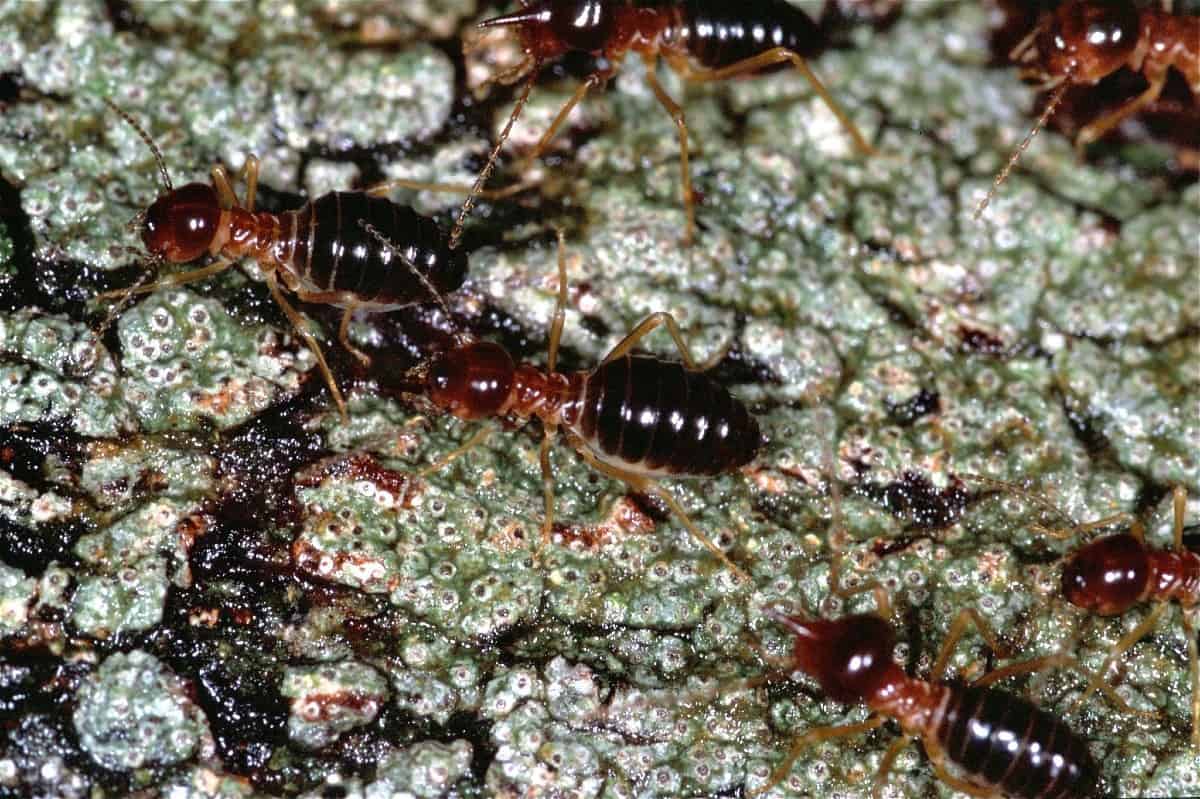
Removing Termite Waste
Luckily, termite poop is not in and of itself hazardous, so you needn’t treat it like it is. This doesn’t mean you should live it lying where it is, though. The simplest way to proceed is to use your vacuum cleaner to suck it up and dispose of it as you would of normal waste. It’s also advisable to use regular household disinfectants afterwards.
Remember to appraise the wooden surface/object you’ve found the frass next to after you’ve removed the waste.
[su_note note_color=”#e5e2d4″]Related post: Recommended Termite Killer Sprays [/su_note]
What If I’ve Found Termite Frass in My House?
Frass is not a sure sign of an ongoing infestation. However, you should look for other symptoms if there’s a pile or more on your property. These are as follows:
- sagging floors;
- doors and windows that won’t close or open properly;
- cracks or little holes in the foundation and/or walls, possibly with paint damage;
- characteristic mud tubes on the walls;
- discarded wings;
- flying termite sightings.
If you’ve come to believe you have termites, I recommend that you contact a pest control service for professional advice since these pests aren’t the easiest to keep in check.
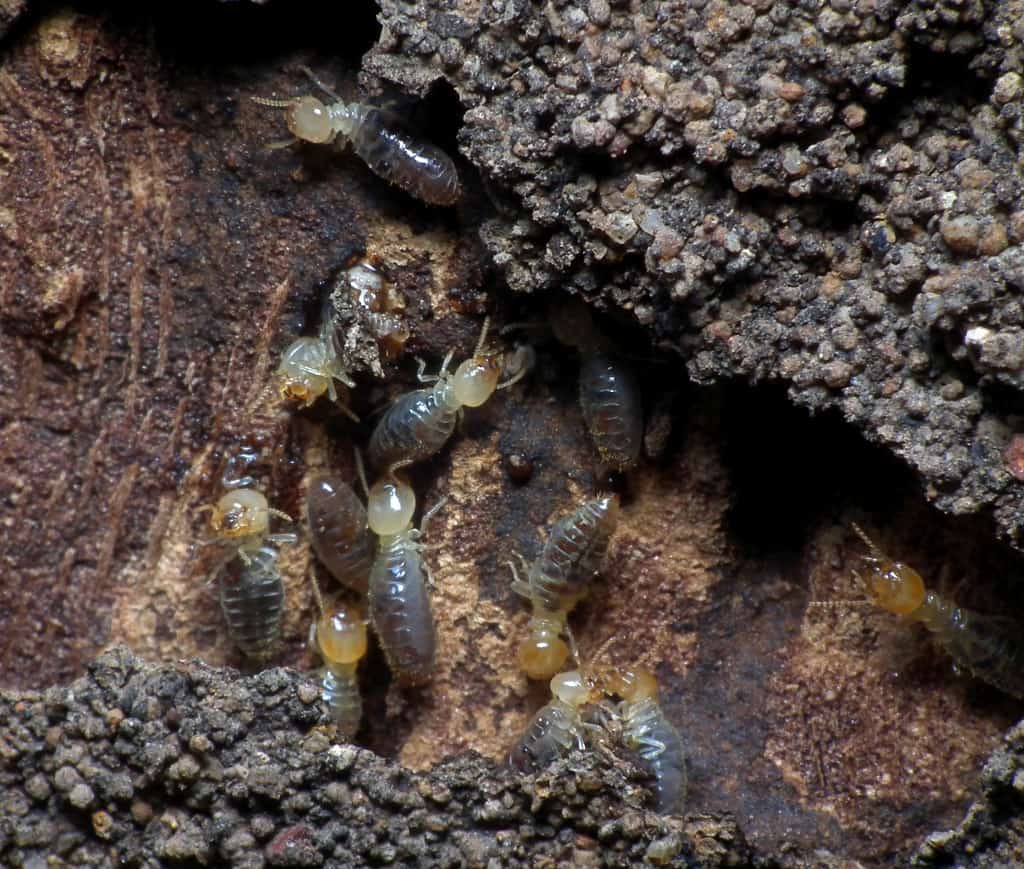
Termite Feces FAQ
In this section, I answer some common questions regarding termite poop in brief terms.
Are termite droppings harmful?
They aren’t per se, except they can cause allergic reactions and asthma if you are sensitized, or your immune system is compromised.
What are the signs of termites in your home?
Signs of termite infestation include hollow, loose-feeling spots in the wood. You might also come across a termite swarm (not to be confused with ant swarms).
How do you know if termite droppings are old or new?
There’s no way to tell how old termite feces are. They don’t usually change color or texture over time, so old and new droppings look largely the same.
Termite Poop? You’d Better Hurry Up
Heaps of frass, or fecal matter mixed with wood shavings from consumed objects and mud, are a strong indication you’re dealing with a termite attack. It’s thus essential that you know how to identify the droppings and where to look for them in case you suspect an infestation. Remember that the little critters work slowly but can destroy your property beyond repair if you let them feast on it for a long time!
Have you ever had termites? If yes, how did you find out? You’re welcome to share your stories in the Comments section.
References:
- Termites: How to Identify and Control Them (U.S. Environmental Protection Agency):
https://www.epa.gov/safepestcontrol/termites-how-identify-and-control-them - Structural Pest Control Control of Wood Destroying Pests (Nevada State Department of Agriculture):https://agri.nv.gov/uploadedFiles/agrinvgov/Content/Plant/PEST/Study_Manuals/C3%20MANUAL%202014%20without%20Appendix%206-2014.pdf

